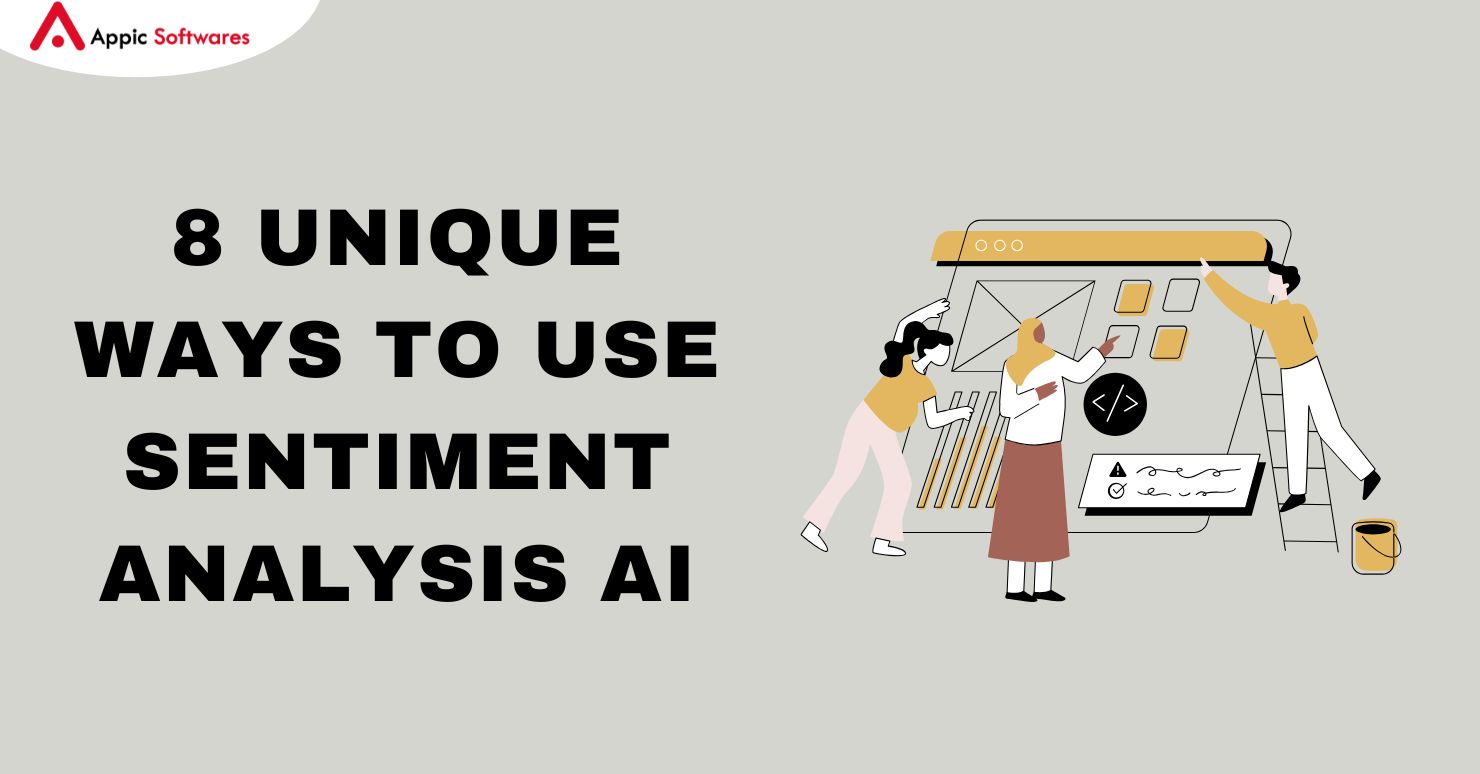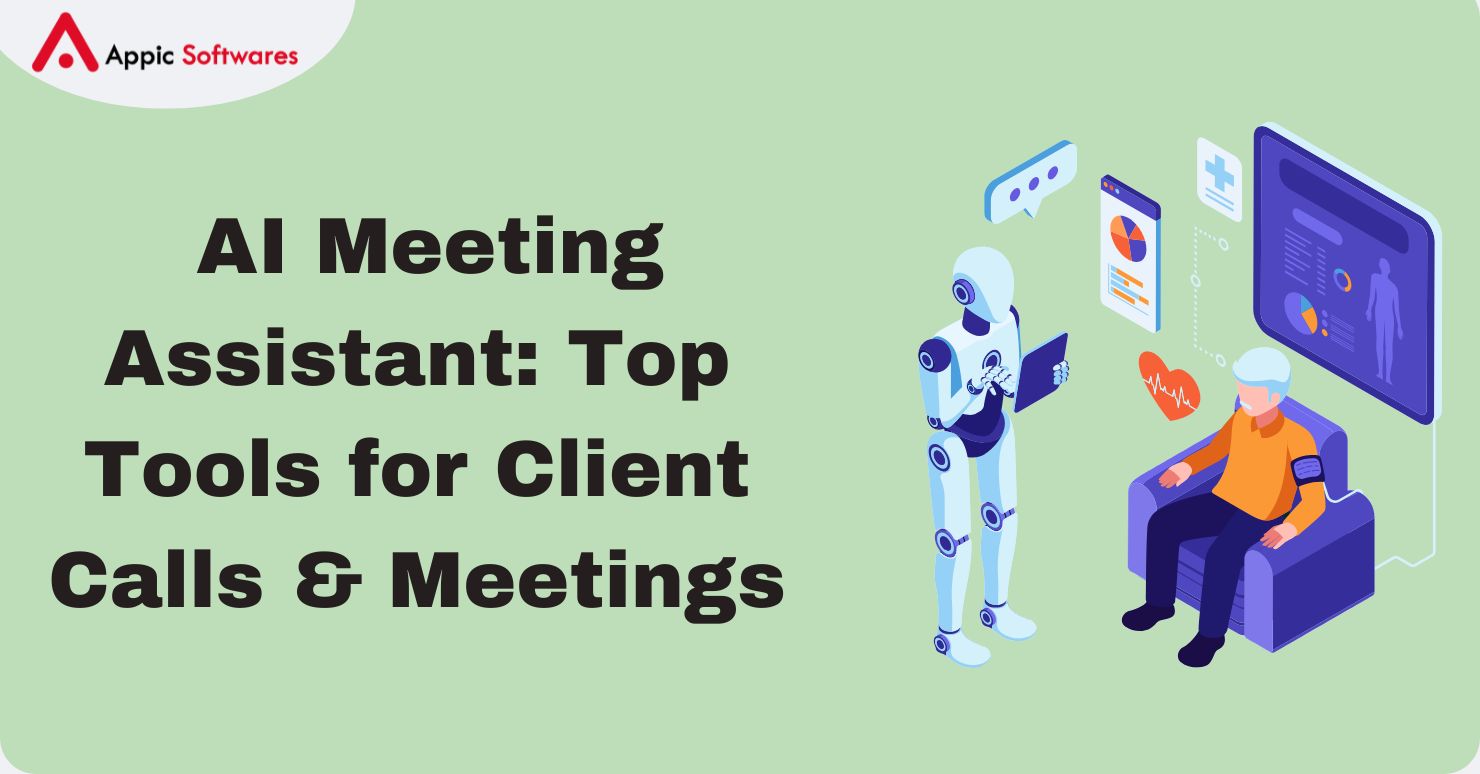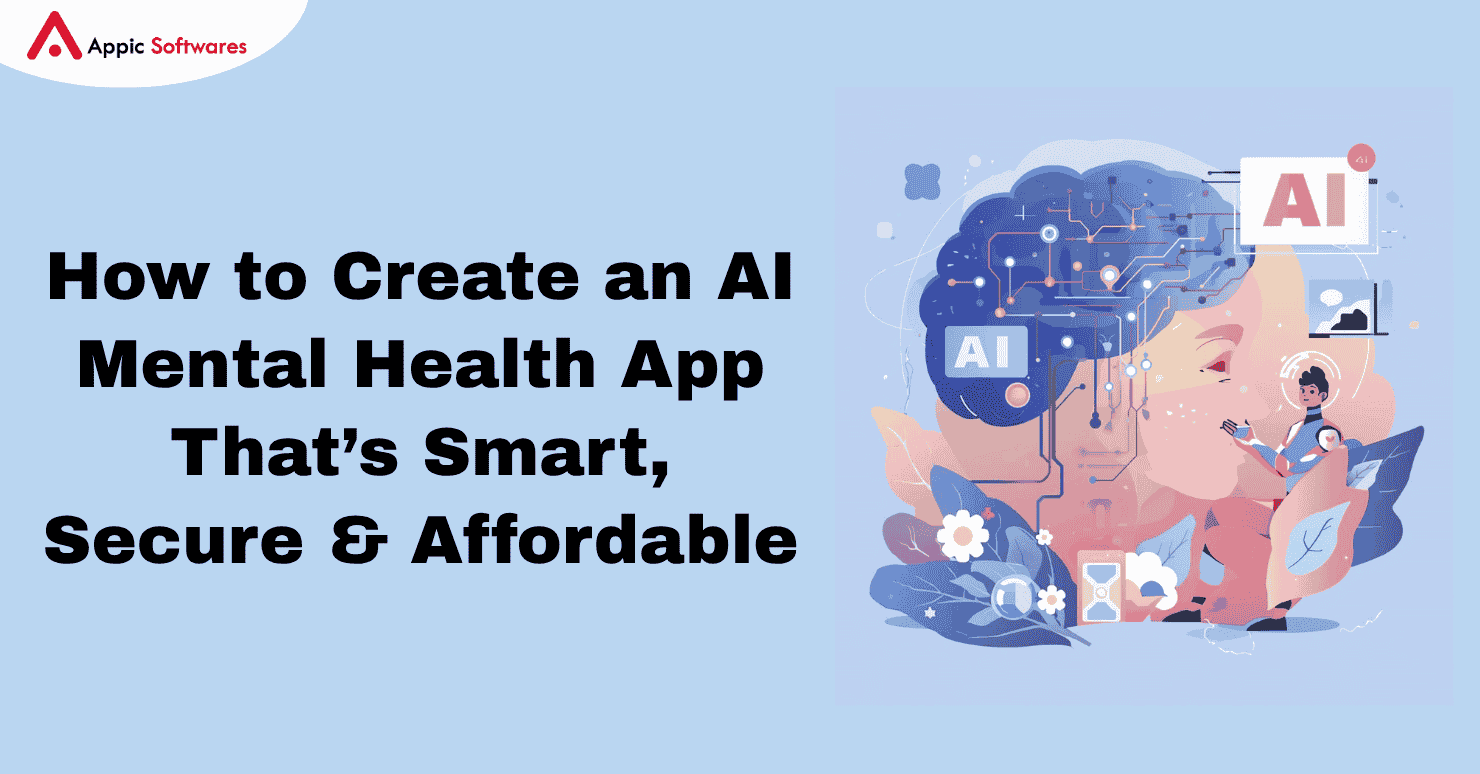
Sentiment analysis AI is the process of identifying, extracting, quantifying, and analyzing affective states and subjective data from text using artificial intelligence technology, particularly natural language processing (NLP). Sentiment analysis’s main objective is to ascertain the attitude, feelings, or ideas that are conveyed in a certain text. These can be neutral, positive, negative, or even more complicated emotions like happiness, sadness, wrath, etc.
AI marketing has recently gained prominence in commercial decision-making, revolutionizing tactics and optimizing processes to achieve unprecedented levels of efficiency.
The AI market is expected to reach $407 billion by 2027. Given the widespread use of AI, it is more important than ever for marketers to comprehend sentiment analysis.
We’ll explore sentiment analysis AI and how it affects customer emotion interpretation in this article.
What Is Sentiment Analysis AI?
AI sentiment analysis is a technique used in natural language processing and artificial intelligence to ascertain the emotional tone of a document.
Understanding the attitudes, thoughts, and feelings conveyed in an online mention, review, or text is frequently accomplished by this method.
The main objective is to classify the text’s sentiment as neutral, negative, or positive. On the other hand, more sophisticated algorithms can recognize distinct emotions like joy, rage, or sorrow.
This method is commonly used to measure public opinion regarding goods, services, or subjects in market research and customer service.
To determine an overall sentiment score for consumer comments, several companies employ sophisticated sentiment analysis techniques.
The identification of consumer sentiment regarding a new product or service is an example of sentiment analysis utilizing AI in retail. AI improves accuracy and speeds up the process while offering insights that people might miss.
8 Unique Ways To Use Sentiment Analysis AI

1. Contextual Knowledge
To properly identify texts using sentiment analysis AI, give contextual knowledge a top priority.
Understand that opinions can change according to the situation, the sarcasm, or cultural quirks.
Note that sentiment analysis’s efficacy depends on its capacity to understand the context as a whole, not simply specific phrases.
For certain sentiment analysis algorithms, this is an extremely challenging section. It must therefore be updated frequently with new definitions, allusions, initialisms, etc.
2. Continuous Training
As was already established, machine learning is crucial to the efficacy of AI at all times, playing a vital role in the AI software development process.
Update your model frequently with fresh training data to accommodate changing linguistic idioms and trends. Continuous training guarantees that your sentiment analysis tool will continue to be reliable and skilled at deciphering the ever-evolving dynamics of human language.
As a result, sentiment analysis from a variety of content sources is more precise and sophisticated.
3. Customer Relationship Management (CRM) integration
Your Customer Relationship Management (CRM) system can be easily integrated with AI sentiment analysis to increase its efficacy. The depth of customer understanding is increased when sentiment insights are aligned with CRM data.
For instance, you can optimize your methods by identifying sentiment patterns associated with particular client encounters. Businesses can then customize their strategies, resulting in more effective marketing campaigns and improved consumer connections.
4. Analysis Of Sentiment Trends
To gain a better grasp of public opinion, use sentiment trend analysis.
Utilize a variety of social media channels to monitor sentiment over time. For example, most organizations that concentrate on tracking trends before they go viral need to use Twitter sentiment analysis.
To proactively mold your strategy, you can spot trends, changes, and patterns.
Brands looking to stay ahead of the curve can gain important insights into changing public attitudes by analyzing sentiment patterns.
5. Integrating Other Analytics Tools
Integrate AI sentiment analysis with other analytics platforms to optimize its impact. For instance, companies can explore the demographics and psychographic online habits of their audience by integrating email marketing with social media monitoring.
Find connections between public opinion and press coverage to improve brand management tactics.
This collaboration guarantees a thorough approach to analytics, enabling businesses to make defensible choices based on context and sentiment.
6. Multilingual Sentiment Analysis
Using several languages can help your sentiment analysis to be more accurate and reachable. Integrating multilingual NLP models guarantees that emotions are properly understood across many languages and dialects since consumer feedback and social media material come from many linguistic backgrounds.
For instance, a sentence could have different connotations in English and Spanish and calls for an AI system educated in both to avoid misunderstandings.
7. Real-Time Sentiment Detection
Use sentiment detection to react fast to consumer issues and industry developments. Constant analysis of incoming comments, social media mentions, and reviews helps companies promptly address unfavorable emotions, therefore minimizing possible reputation damage.
Sentiment monitoring, powered by AI development, is used by airlines and e-commerce sites to offer quick customer service and damage management for complaints.
8. Sentiment-Based Personalization
Customize interactions and match consumer experiences by applying sentiment insights. Based on a user’s sentiment, artificial intelligence-powered recommendation engines can change content, product recommendations, or marketing messaging.
In a product review, for instance, if a consumer shows annoyance, a company can proactively provide discounts or fixes to raise customer retention and satisfaction.
Best 3 Sentiment Analysis AI Tools
1. MonkeyLearn
MonkeyLearn is a potent AI-powered sentiment analysis platform that assists companies in sentiment analysis of social media, reviews, and customer feedback. It uses machine learning and natural language processing (NLP) to automatically categorize text as neutral, negative, or positive, giving businesses important insights into the feelings of their customers.
Some valuable features include:
- Adaptable sentiment models for analysis unique to a given industry
- Integration with Google Sheets, Zendesk, and Zapier
- Text processing in access to APIs
- Dashboard for reporting and data visualization
Businesses wishing to enhance market research, brand monitoring, and customer experience with AI-powered sentiment analysis will find MonkeyLearn to be the perfect solution.
2. ChatGPT
OpenAI created ChatGPT, a flexible language model that provides users with a strong foundation for natural language generation and understanding.
Can ChatGPT, however, perform sentiment analysis?
Indeed, users can perform sentiment analysis by hand using the platform’s generative AI.
The viral sensation offers amazing features, including
- Classification of Sentiment
- Contextual Knowledge
- Analysis of Multiple Languages
Does AI sentiment analysis cost nothing? It is with ChatGPT, yeah.
Although it’s a decent option for small businesses with limited funds, it can’t manage larger datasets.
3. Lexalytics
One of the greatest sentiment analysis AI tools is Lexalytics.
Using machine learning and NLP for advanced text analysis, Lexalytics is a clever powerhouse.
The platform provides a text analytics framework called Salience and a cloud-based sentiment analysis API called Semantria.
It is multifaceted. In actuality, Lexalytics handles a variety of technological issues, although comprehension may require a high level of technical expertise.
A few noteworthy features are:
- Custom Entities & Boolean Queries
- Text Summarization
- Part of Speech Tagging in Robotic Process Automation (RPA)
Regretfully, Lexalytics’ pricing information is still unknown.
Applications Of Sentiment Analysis AI
Applications for sentiment analysis AI are vast and span several industries. Here, we highlight four important real-world uses for sophisticated text analysis that help companies succeed.
1. Strengthening Brand Reputation
With AI, sentiment analysis and social media monitoring go beyond simple monitoring and become integral components of proactive online reputation management.
In specifics, AI systems can detect emotions and promptly notify brands of possible problems or emergencies. AI is used by brands to develop a successful crisis management plan.
For example, advanced analytics can be used to identify attitudes in product reviews and alert companies when something starts to go wrong.
PR managers can then proceed to other damage control measures or make a public statement.
2. Enhancing The Client Experience
In reality, AI sentiment analysis is the key to maximizing the potential of consumer feedback.
Businesses and educational institutions can learn a great deal about client experiences by concentrating on recognizing online sentiments, with AI agents in education helping to learn paths based on student emotions and engagement levels.
Based on real consumer attitudes, brands can modify, improve, and customize their products.
This guarantees a customized, client-focused strategy that moves beyond contentment toward true joy.
3. Understanding The Market With Social Media Analysis
What results from combining AI trends with sentiment analysis on social media?
A revolutionary combination for understanding the attitudes and actions of consumers.
Clustering social data is only one step in the process; individuals who wish to lead the industry must also comprehend audience preferences, trends, and market dynamics.
Businesses gain improved industry insights as a result of AI sentiment analysis, which turns the problem of internet noise into a strategic benefit. By leveraging AI agent features and the ability to fine-tune AI model, companies can extract more accurate, real-time insights from massive volumes of unstructured social content.
4. Enhancing Sentiment Analysis Of Employees
AI sentiment analysis is important for analyzing employee sentiment in a business, not just for customers.
AI can identify trends in employee engagement, contentment, and concerns by examining feedback forums, internal surveys, and workplace communication platforms.
These insights can be used by leadership and HR teams to enhance workplace culture, deal with possible problems before they become more serious, and create a happier, more productive workplace.
Conclusion
Sentiment analysis AI is revolutionizing how businesses understand and respond to customer emotions, market trends, and even employee sentiment. From enhancing brand reputation and improving customer experiences to optimizing social media strategies and workplace satisfaction, this AI-powered tool is shaping the future of decision-making. As AI technology advances, sentiment analysis, backed by AI agent development, will become even more precise, helping businesses make smarter, data-driven choices.
Harness the power of AI-driven sentiment analysis to gain deep insights, make proactive decisions, and stay ahead of the competition. Whether you want to optimize customer experiences, track brand reputation, or refine your marketing strategies, the right sentiment analysis tools can transform your business. Start integrating sentiment analysis AI today with Appic Softwares and leverage AI agent development to turn emotions into strategic advantages!








